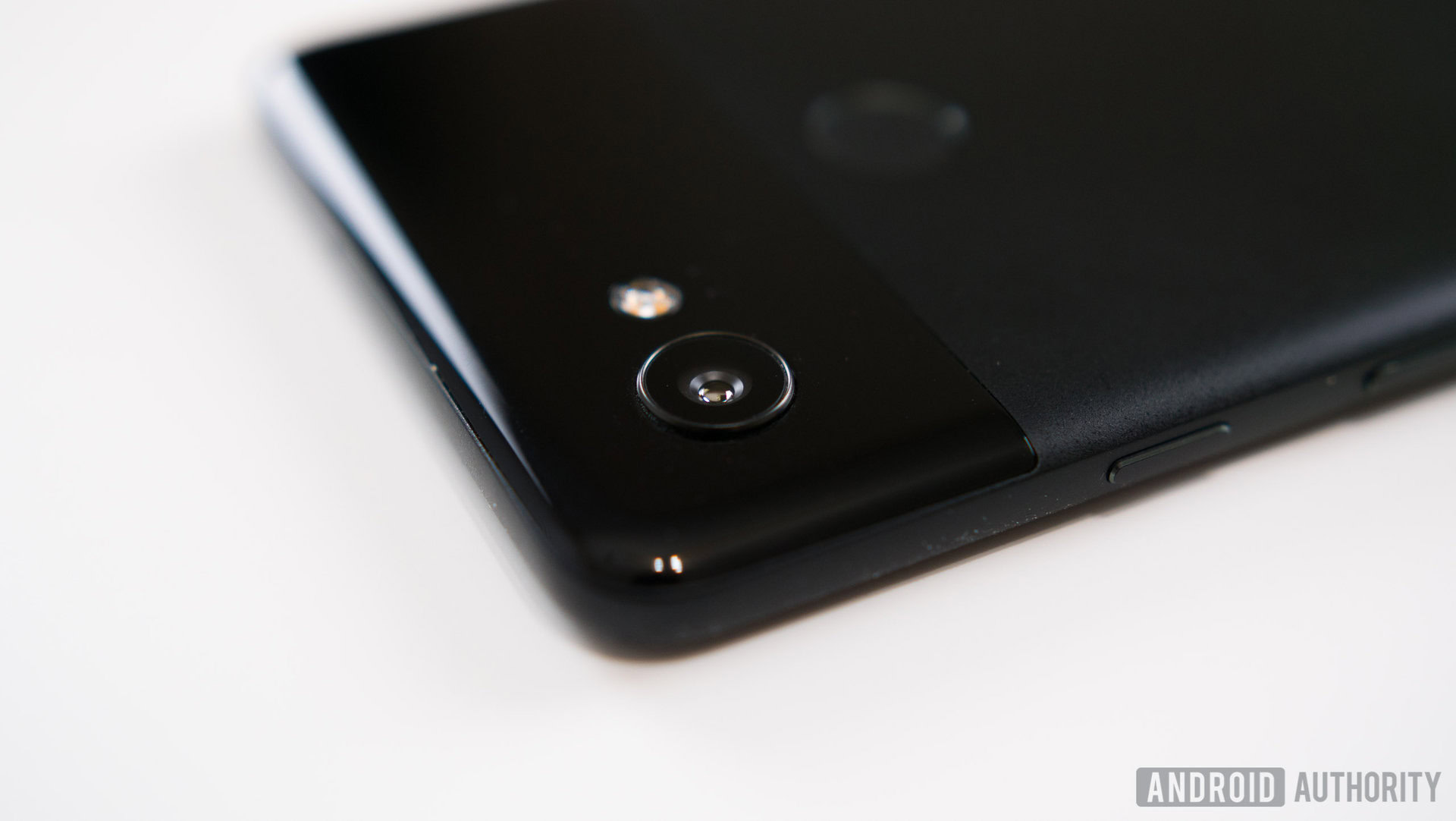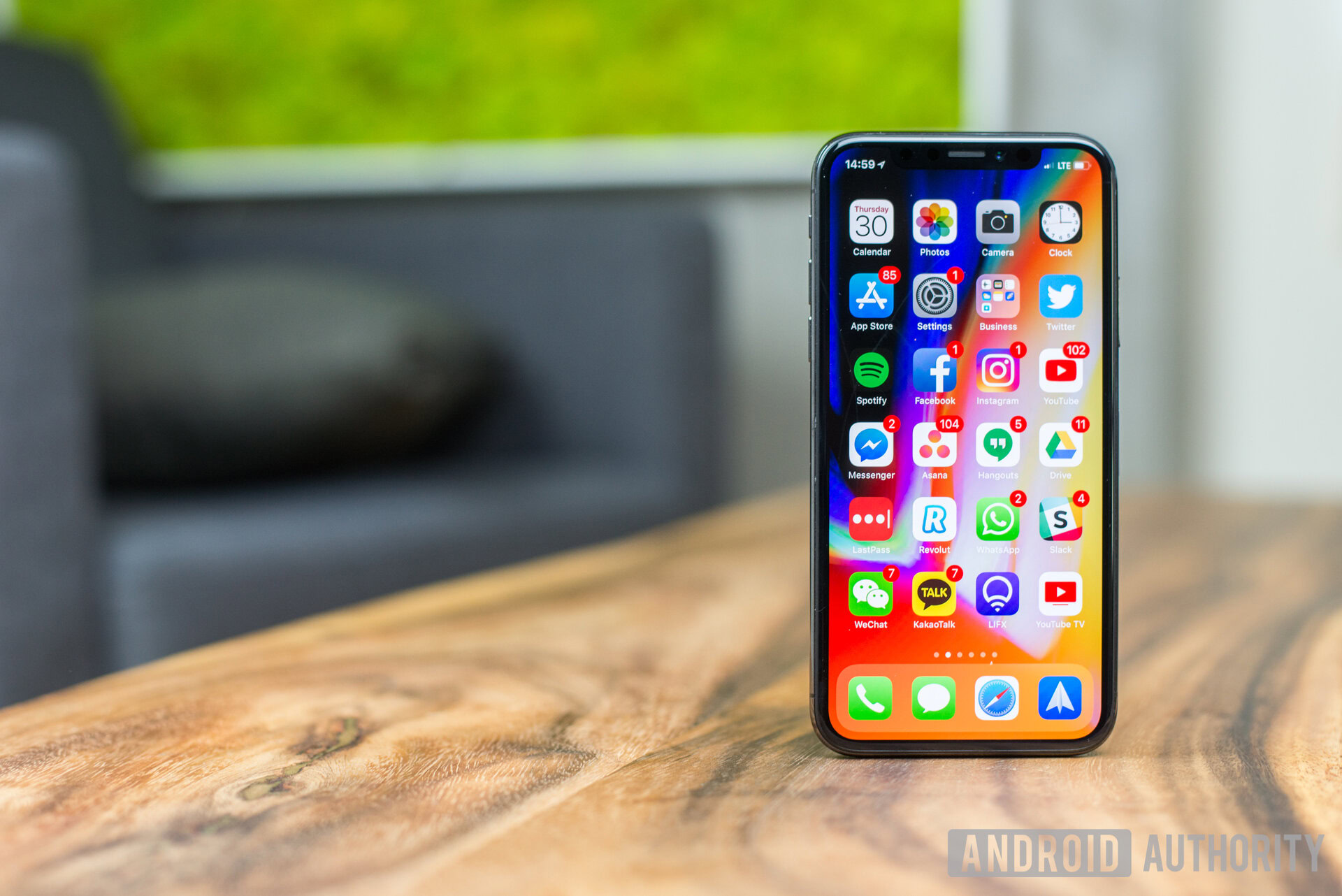Affiliate links on Android Authority may earn us a commission. Learn more.
Android P will prevent apps from using your camera or microphone without telling you (Updated)

Update (02/21): Another open source commit has been unearthed which suggests that Android P will also stop idle background from accessing your device’s microphone.
According (once again) to XDA Developers, the privacy measure will follow a similar method as the camera restriction noted below. Once an app is identified as idle (via its UID), it is prevented from recording audio and instead captures just empty data.
While background limits implemented with Android Oreo have already gone some way to protecting users privacy in this regard, this potential new system would make it all but impossible for a malicious app to secretly record any kind of audio using your device’s microphone.
It certainly sounds like user privacy and security is high on the agenda for Google’s next flagship OS.
Original story (02/20): Idle apps recording junk audio will prevent a hypothetical malicious app from becoming quickly aware that its access has been cut off and thus prevent them from recording ambient noise, private conversations, and your surroundings surreptitiously.
According to a source code commit spotted by XDA Developers, Android P will detect and prevent background applications from accessing the camera. As much as the feature is a boon for privacy-oriented users, it could be a double-edged sword.
The restriction is based on an app’s User ID (UID), which Android assigns to each app that gets installed on your device. UIDs are unique to each app and do not change, so long as the apps remain on your device.
The commit states that Android P will detect when a UID is “idle,” or when an app sits in the background after a certain amount of time. Android P will then generate an error to prevent access to the camera. If an inactive UID requests camera access, the software will immediately generate an error so long as the UID remains in the background.
Android’s Doze feature restricts background apps’ access to CPU and network-intensive services. Also, Android Oreo require apps to display a notification when they actively use the camera. As such, Android P’s camera restriction is more of an extension to existing measures.
The feature is a nice deterrent against malicious apps that silently record videos or take pictures without your knowledge. This is also nice for those who feel a bit iffy about the front camera.

Even so, there are anti-theft apps that, upon request, covertly use the front camera to take pictures of a thief or the surrounding area. The feature would render those apps useless, unless Google somehow makes an exception for them.
This is not the first Android P feature we have heard about. Anonymous sources leaked that designers behind Android P are designing Android to work with a notch similar to the one on the iPhone X. They also leaked that Google Assistant will be a more integral part of the user interface.